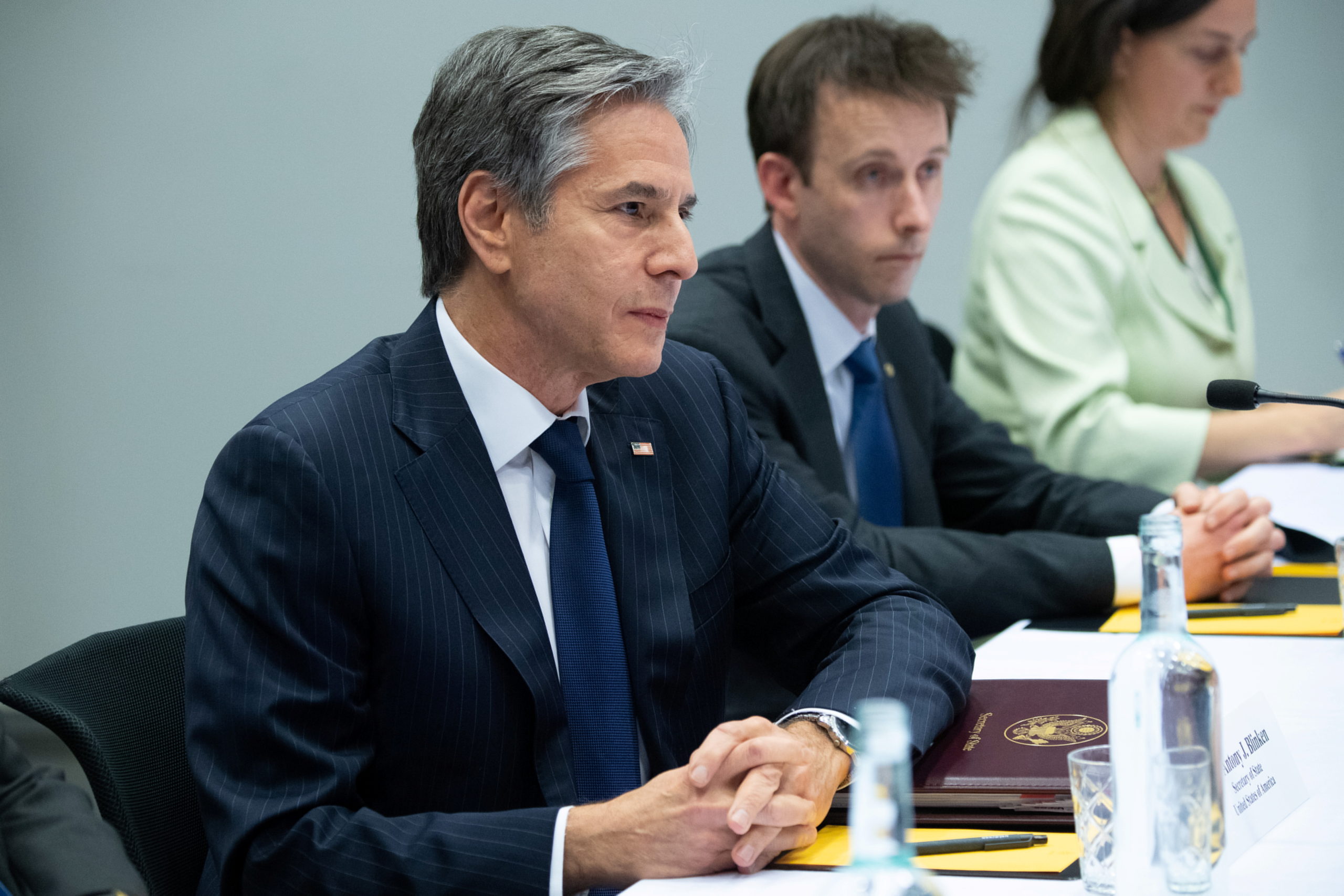US to create new Arctic ambassador position
The new ambassador-at-large for the Arctic will build upon the previous U.S. Arctic coordinator position.

The Biden administration on Friday announced plans to appoint an ambassador-at-large for the Arctic region.
The ambassador will work with Arctic and non-Arctic nations and Indigenous groups to promote U.S. priorities in the region.
The new position will “elevate” the Arctic coordinator position created in July 2020, according a statement from the U.S. State Department. That position was filled for two years by longtime diplomat Jim DeHart.
But without the position defined clearly in law by Congress, the ambassador’s scope may be limited.
And the change will be “subject to the advice and consent of the Senate,” the statement said.
Sen. Lisa Murkowski, a Republican from Alaska, has long pushed for the creation of such a position.
“Before today, the U.S. was the only Arctic nation without dedicated diplomatic representation for the Arctic Region at the Ambassador level or higher,” Murkowski said in a statement to ArcticToday.
Adm. Robert J. Papp, Jr., was the State Department’s Special Representative for the Arctic, but that position was not filled again.
The Arctic Senate Caucus, which Murkowski co-chairs, introduced legislation in October 2021 to establish a new office for a high-level Arctic diplomat, and it raised the issue again in a letter to U.S. Secretary of State Antony Blinken in February.
The change may have come about “because of the war in Ukraine having radically diminished our relationship with Russia which prizes the Arctic very highly,” Julie Gourley, the senior Arctic official for the United States from 2005 to 2019, told ArcticToday in an email.
But such a role may be limited, at least for now, she said.
If a nation were to make aggressive moves in the North, diplomatic action would be necessary, but geographic bureaus and relevant ambassadors at the State Department would likely take the lead on such issues, she said.
“I seriously doubt that an Arctic Ambassador would have much of a role in such circumstances,” Gourley said.
To give the position more power, Congress could pass a law laying out the role of the Arctic ambassador that gives it “primacy in all activity, including conflict,” Gourley said. “That’s the only way any Arctic Ambassador would truly have the lead in the region over the geographic bureaus.”
The State Department could also add an Antarctic portfolio to create a “polar ambassador” who both fills the Senior Arctic Official role and heads the delegation to Antarctic Treaty meetings, Gourley said.
The position underscores U.S. commitment to the Arctic, Murkowski said.
“I look forward to the announcing of a nominee and urge the State Department to quickly move forward with the next steps,” she said.
No candidate was announced on Friday, but the State Department said in the statement they would work with Congress to “swiftly confirm” the ambassador once the nomination is sent to the Senate.
The move joins other Arctic developments inside and outside of Washington, including the newly opened Ted Stevens Center for Arctic Security and the recently revived Arctic Executive Steering Committee.
“Nobody has to make the case anymore that the Arctic is important,” DeHart told ArcticToday in March. “In the past, we sometimes wavered in our attention from administration to administration. But I don’t see that happening anymore.”